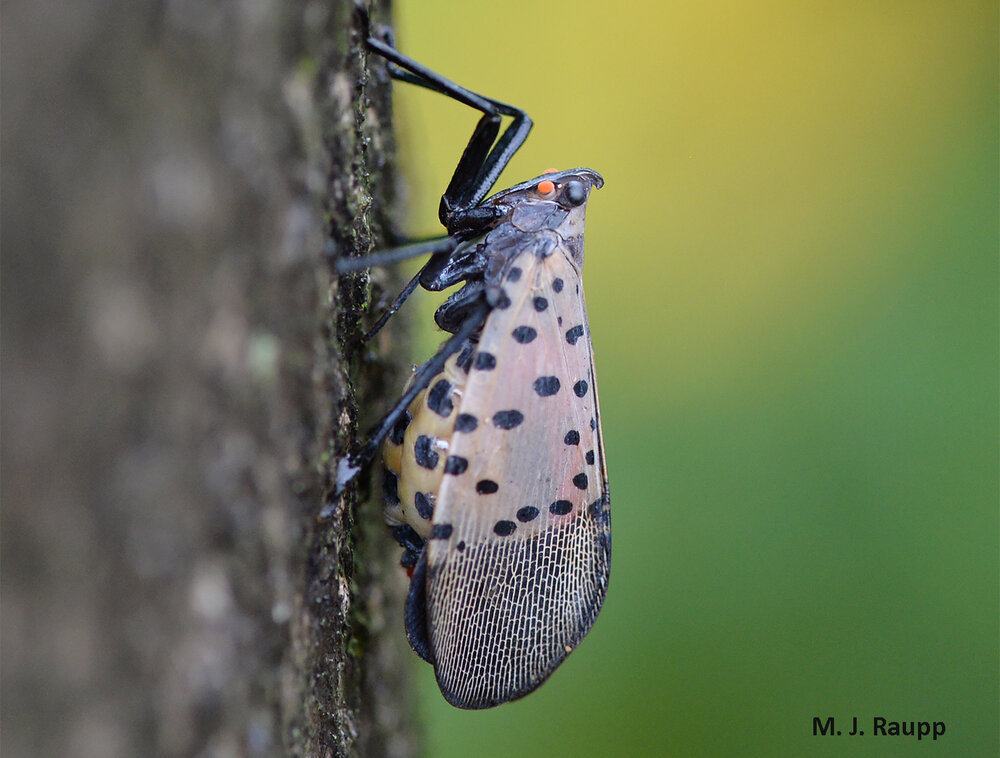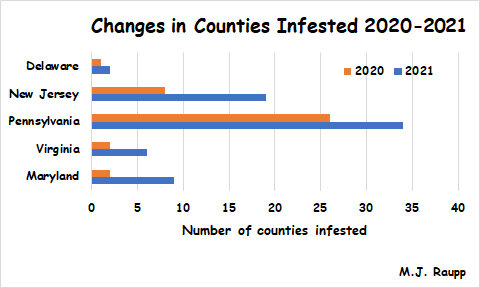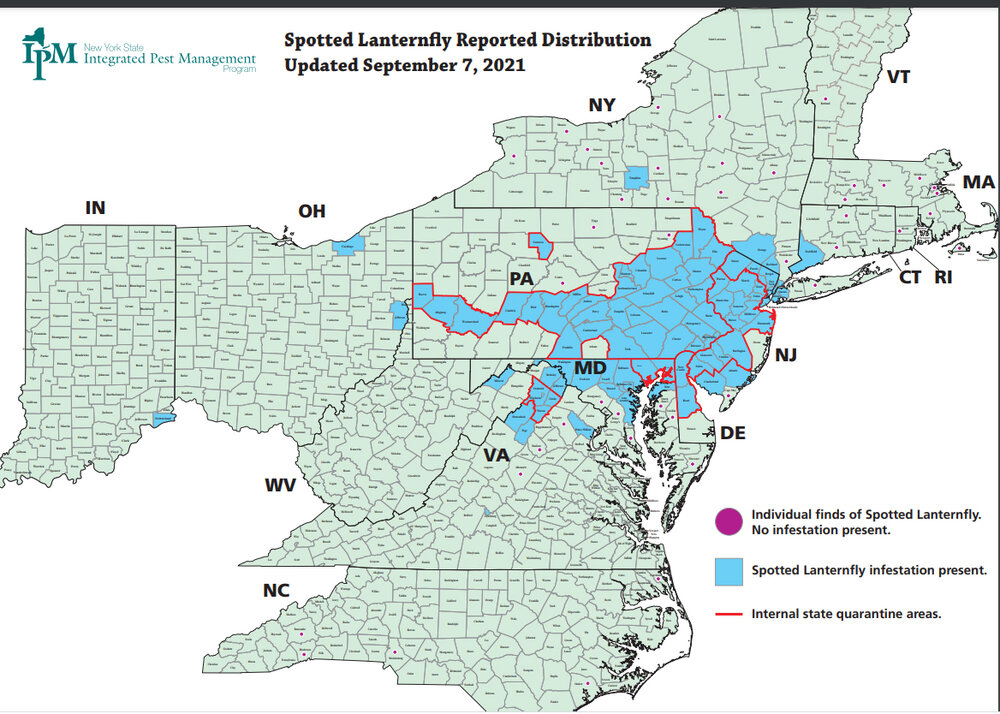Get Rid of Yellowjacket Nests in Your Walls & Home
Signs of a Yellowjacket Wasp Nest Inside Walls of a House & How to Handle an Infestation
Yellowjacket wasps are aggressive and dangerous stinging insects native to the Northeast.
The stinging insect is a common nuisance to the region, particularly during the summer, as it thrives in warm climates.
Residents of the New England area, and surrounding states, should beware of this venomous pest. Its stings are painful and can trigger fatal allergic reactions like anaphylaxis.
Homes or properties with flower beds, wall voids, rock piles, or sheds may face a yellowjacket infestation at some point in the spring or summer season, as these can look quite inviting to the stinging pest.
Yellowjackets love to build their nests in trees, shrubs, and man-made structures — like the walls of a home, garage, shed, or other building.
To keep yourself and loved ones safe, it’s important to understand how to detect the signs of a yellowjacket infestation.
It’s also just as vital to know who to call to get rid of a wasp nest in walls of a house or other manmade structure.
Signs of a Yellowjacket Wasp Nest Inside Walls
Homeowners should be alarmed if they notice a large number of yellowjackets flying in or around the home, garage, or other structure on the property.
It should also raise concern if a round, paper nest about the size of a softball is found on the premises. This softball-sized nest is a budding habitat that can house up to 4,000 yellowjackets if left unaddressed.

Yellowjackets can enter the walls of a structure through the mortar, frame, or an opening in the ventilation system. To build or expand nests in walls, yellowjackets chew through the infrastructure of a building — primarily wood, drywall, or even caulk.
A major sign that a yellowjacket nest is in the walls of a structure is hearing scratching, humming, or crinkling noises that sound from the wall(s). The crinkling noises sound as if someone is rustling cellophane against the wall.
Such noises can indicate that a yellowjacket colony is building or expanding their habitat within the wall(s) of the house. If you hear this sound while in your home, garage, shed, or other structure on the property, a professional must be called to get rid of the wasp nest in the walls.
Fully developed yellowjacket nests in walls contain many layers and consequently have numerous access points.
The nest’s intricate infrastructure ensures the yellowjacket colony is sheltered from danger and thus makes it incredibly difficult and risky for an untrained individual to remove.
Yellowjackets are also very territorial and will attack if they feel the colony is being threatened. Moreover, unlike bees, a single yellowjacket can sting multiple times. Even worse is yellowjackets oftentimes attack in groups.
Homeowners should be extremely cautious if they suspect a yellowjacket nest is hiding in the walls of the home and immediately call a licensed pest control expert.
A licensed specialist can remove the yellowjacket nest and seal all the points of entry into the home or building as leaving open entryways heightens the possibility of a reoccurrence.
Avoid Getting Stung
If a yellowjacket infestation is found in or around the home, it is important residents take care to avoid getting stung until a pest control specialist arrives.
The primary danger of yellowjacket stings is that yellowjacket venom can trigger allergic reactions like swelling, hives, or rashes. If severe enough, these reactions can be life-threatening.
However, the only way to know if a person is allergic to yellowjacket venom is to get stung — which is not advisable.
Considering the possibility of severe reactions caused by yellowjacket stings, residents should take precautions to protect themselves.
If you suspect there is an infestation on the property or wasp nest in the walls of the house, individuals are advised to wear long-sleeved shirts, pants, gloves, and closed-toe shoes — especially when outside.
Layered or thick clothing can help protect skin against yellowjackets, but keep in mind that yellowjacket stingers can puncture through most fabrics, so this only works with strong, durable material, like denim.
For additional shielding, a netted veil and hat, similar to what a beekeeper might wear, can help to shield the face.
To discourage yellowjackets from swarming around the home, cover outside garbage cans as the contents, such as sugary residues from soda bottles can attract yellowjackets.
Plant herbs like thyme, citronella, and lemongrass. These herbs help to repel yellowjackets and other lawn pests, like mosquitoes.
Until a professional can address the infestation, such measures should be taken to discourage more yellowjackets from invading the property.
How Catseye Pest Control Can Eliminate a Yellowjacket Infestation
The pest and wildlife professionals at Catseye Pest Control have the skills, training, and necessary equipment to properly handle a yellowjacket infestation and wasp nest removal.
Catseye performs a free, detailed inspection of the property then creates a customized wasp removal service depending on the severity of the infestation.
To reinforce the home or building against future infestations or stimy reoccurrence, Catseye uses Integrated Pest Management (IPM) practices, which are effective yet environmentally friendly methods that remove and repel pests.
IPM is included with the Catseye Platinum Protection Program, a service that keeps pests at bay all year-round.
Contact a Professional
Unlike hornets, whose nests are typically above ground, yellowjackets prefer more enclosed spaces like walls, so finding the points of entry can be exceedingly difficult.
A trained pest technician can locate and identify access points that an untrained eye would overlook.
Yellowjackets’ aggressive nature and poisonous stingers make them tactical predators capable of harming people.
Therefore, it is best to seek a professional’s help to safely address the infestation and properly remove the nest.
Allow us to provide the swift and thorough care your property needs and that your family deserves.
Contact our technicians today to learn how we can help defend your home against unwanted pests.
This article appeared first on Catseye Pest












